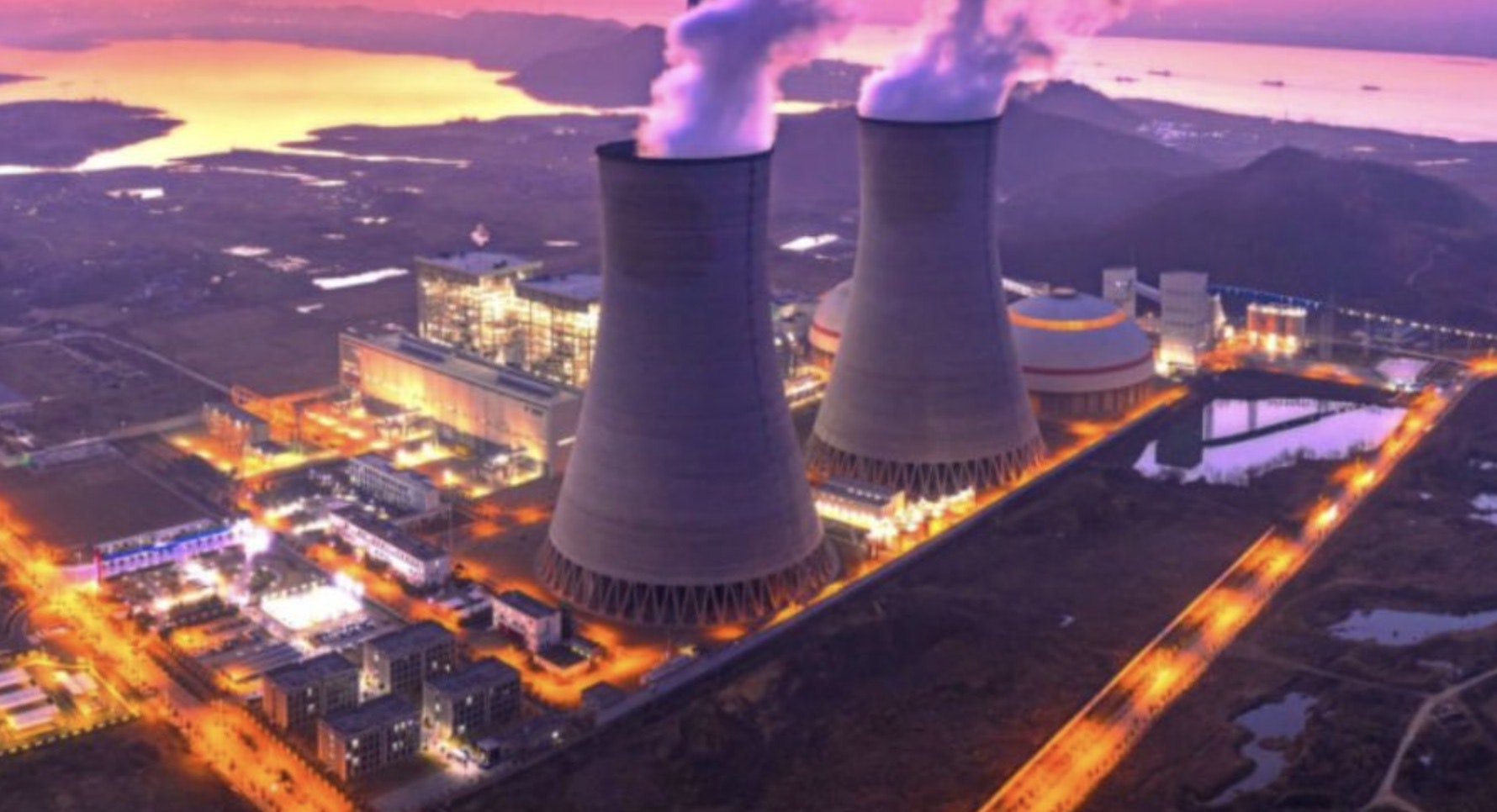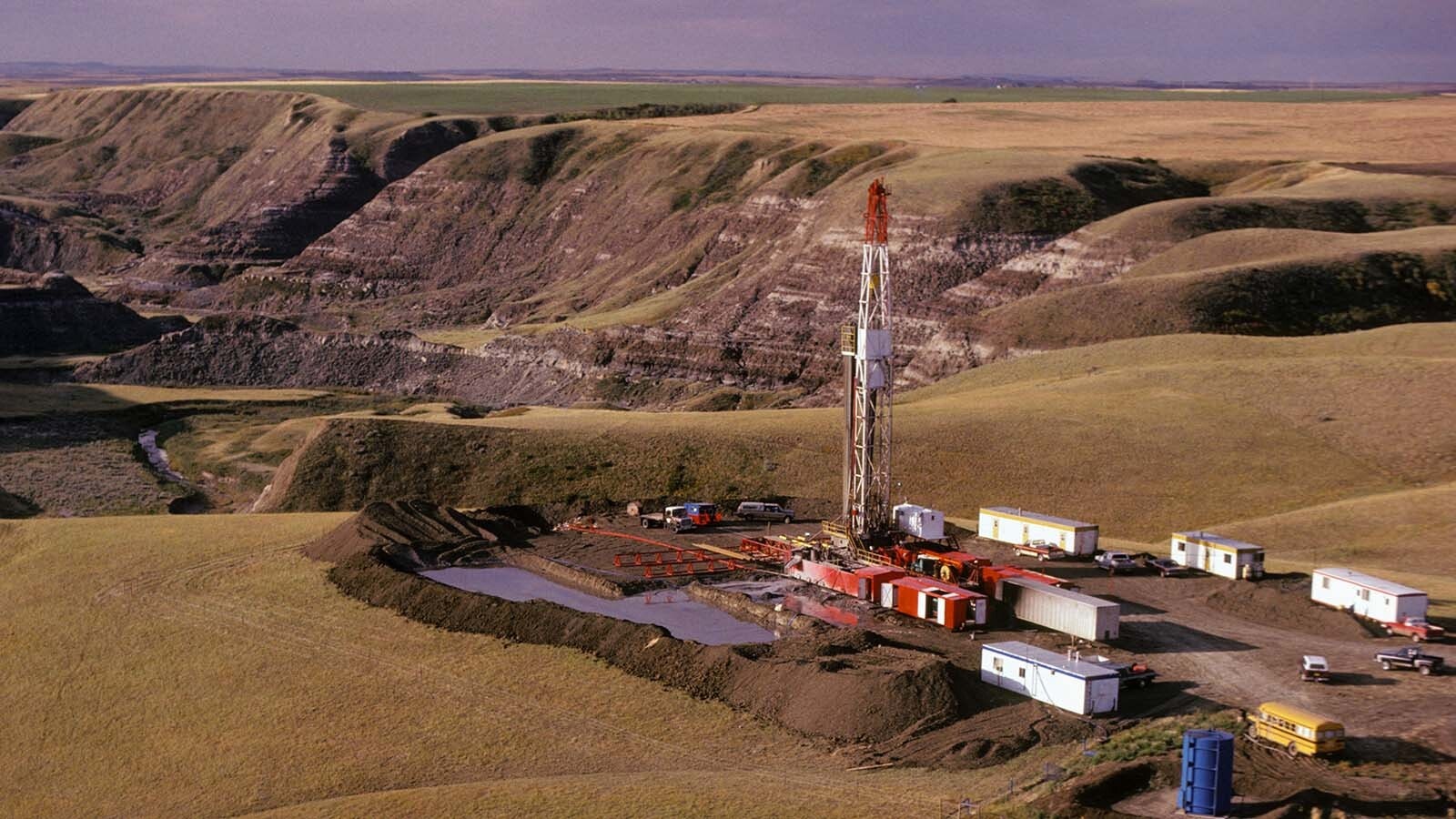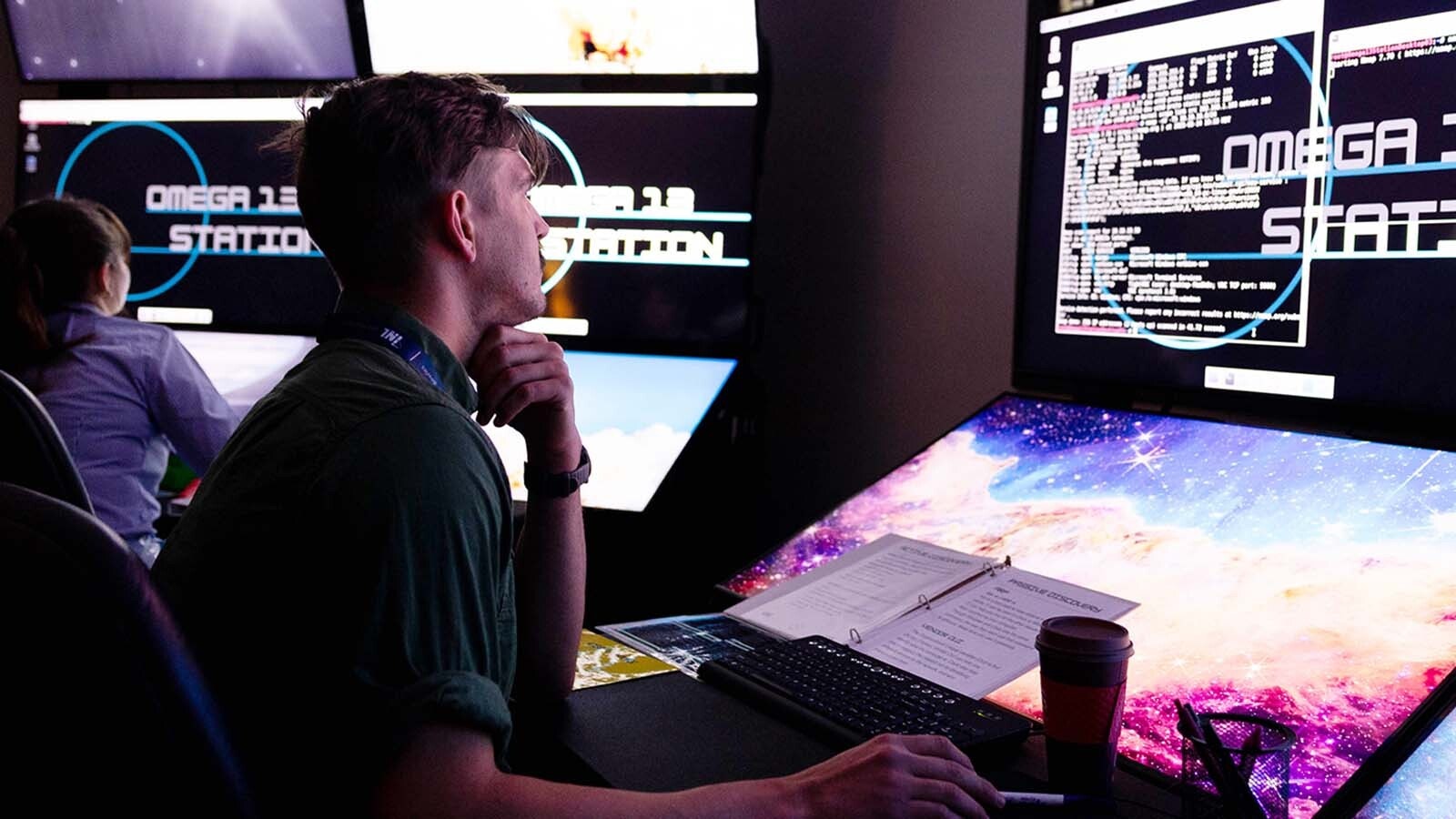When TerraPower and PacifiCorp announced in November 2021 that they had selected Kemmerer as the location of its Natrium reactor demonstration project, many welcomed the opportunity as a path to a diverse energy economy for Wyoming.
In the next few months, TerraPower plans to break ground on a sodium testing project for the larger demonstration project. If the reactor design is proven, it would provide lots of carbon-free energy and provide a viable replacement for retiring coal plants in the state, TerraPower said.
Wapiti resident Bill Tallen had a 20-year career with the Department of Energy that was focused on the threat posed by terrorists who sought ways to create improvised nuclear devices.
Tallen argues that the sodium reactor planned for Kemmerer has a high degree of potential for explosive accidents and proliferation of nuclear weapons material. Henry Sokoloski, executive director of the Nonproliferation Policy Education Center (NPEC), which is based in Washington D.C., has a lot of the same concerns.
Jeff Navin, director of external affairs with TerraPower, says these concerns have been considered and addressed as much as reasonably possible in the project’s design and development.
Not Opposed To Nuclear
Tallen said he’s not ideologically opposed to nuclear power. He said he rubbed elbows with that crowd years ago, but it’s not where he stands today.
“The distrust of nuclear power is one of the major ideological tenets of left-wing, anti-establishment politics,” Tallen said. “I had to say to them, I can’t agree with you on many of your basic assumptions. I’m just saying that this particular [Natrium] technology pursued the way it is right now – I don’t think it’s a good idea.”
Reaction Risk
The Natrium reactor being built in Kemmerer uses sodium instead of water as a heat sink for the reactor core. That heat will then be transferred to water, which will produce steam to turn turbines.
Sodium reacts with water and air, which Tallen said poses a huge risk for accidents.
“There’s never been a sodium reactor that has actually met its promises. They’ve all had leaks and fires and explosions and toxic releases,” Tallen said. “Granted, in America we haven’t had big problems, but the past is not always prologue. The risk is still there.”
Navin acknowledged that the earlier sodium reactors have had problems with leaks and accidents, but design improvements of these types of reactors have been operating safely all around the world, including Russia and the U.S.
Idaho National Laboratory operated a sodium-cooled fast reactor for 30 years, shutting it down in 1994. Navin said the Natrium design has benefited a lot from the Idaho study.
“One of the reasons we chose a sodium-cooled reactor is because we have decades of data,” Navin said.
Safety Features
The Natrium design, Navin explained, incorporates various safety features that came out of studying previous accidents. For example, pipes that carry sodium pass inside a larger pipe containing an inert gas that won’t react with the sodium, should the inner sodium pipe spring a leak. They also have a lot of advanced sensor equipment that will detect any leaks quickly.
“We’re not designing this, assuming that we’ll never have a leak, but we’re designing this in a way so that if we do have a leak, we can catch it early. And we can mitigate the impact of it,” Navin said.
Most nuclear reactors build the steam plant right over the top of the reactor. When it comes to a liquid-cooled reactor, it’s inviting disaster as any leaked water would drain down and potentially come into contact with sodium.
The steam turbine on the Natrium design is hundreds of yards from the reactor so water and sodium are kept separate.
Navin said, while TerraPower is preventing sodium accidents, sodium is a common mineral. It can be ordered on Amazon, and is regularly used in classroom science education.
“My son’s high school chemistry class was doing experiments earlier this spring. They were looking at potassium, sodium and metals, and how they interact with air and water,” Navin said.
Plutonium And Proliferation
Sokolski with NPEC said these reactors produce plutonium during the fission process.
“The plutonium produced in these machines isn’t just weapons usable. It isn’t even weapons grade. It’s super weapons grade,” Sokolski said.
The Natrium reactors run on high-assay low-enriched uranium, known commonly as HALEU. It’s currently produced only in Russia, and due to the invasion of Ukraine, supplies of the material are scarce. This has led to a delay in the Kemmerer project.
Tallen said that as these reactors grow and more HALEU is produced, it’s just inviting a nation like Iran to find sources of the material, which can be enriched to weapons-grade with the right facilities.
“These are parties that do in fact have, or can construct, enrichment capabilities and will not be concerned by U.S. export restrictions,” Tallen said.
Navin said that proliferation risks are a concern and something TerraPower wants to minimize. So, the Natrium design uses a “once through fuel cycle,” which means it’s not reprocessed. The reprocessed material creates opportunities for proliferation of weapons grade material.
There is a temporary state during the reaction where plutonium is created, Navin said, which is true of all nuclear reactions.
“To extract that, you would have to cut into the core of an actively fissioning nuclear reaction, and the dose of radiation you would get? Before you could get to the plutonium, you’d be zapped,” Navin said.
Alternatives
In the spring of 2021, Tallen exchanged emails with Navin through Gov. Mark Gordon’s office. The answers are the same, but Tallen said they don’t adequately address all his concerns. To him, there are too many risks and safer types of reactors are not being given more consideration. He said from all his research commercial-scale thorium reactors would be a better option.
“That’s what frustrates the hell out of me. Yeah, let’s look to the future. Let’s look at alternatives in nuclear. But let’s look at ones that are safe, economical and reasonable,” Tallen said.
Moving Forward
Though TerraPower had to push the operational date of its demonstration project back due to supply chain problems with HALEU, the project is moving forward. There is a long road before they have all the permitting in place and complete construction of the project. When it’s running, it will provide up to 500 megawatts of power, which is slightly more than the coal-fired power plant in Kemmerer currently produces.
This spring TerraPower plans to break ground on a sodium test and fill facility. Navin said it will allow their engineers to fully understand how the sodium will interact at the reactor when it’s operational.
“It’ll give our engineers an opportunity to work with the sodium a little bit and do some materials testing just to make sure that all of our assumptions are correct,” Navin said.





